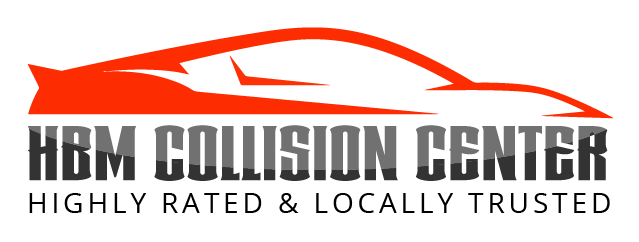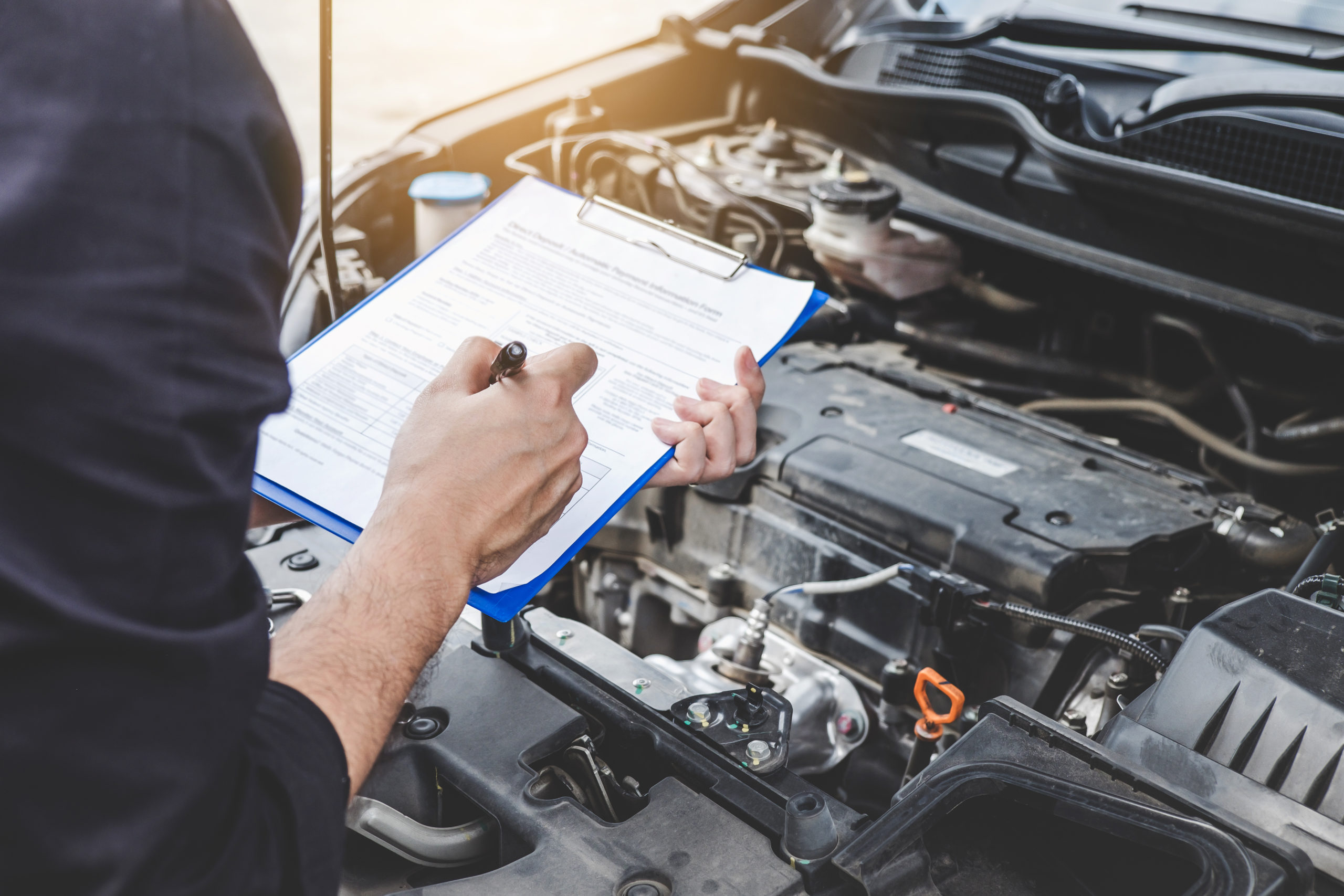The temperature is warming up, the flowers are sprouting, and your car has been dormant for quite some time. Now is the time to take it out for a spin, but before you do, think about getting it inspected.
Warmer temperatures and the ability to drive with your windows down come with the approach of spring. But it also means preparing your car for summer and making sure it’s in good working condition, especially after a harsh winter. HBM collision center provides quality and reliable services that can get your car in good shape during this time.
The spring is a great time to get that oil change you’ve been putting off, but there are other routine maintenance items you should get done as well, such as inspecting your tires, brakes, and fluids. People should inspect their car in spring:
To get hold of any problems before they get worse
Maybe you heard some odd noises coming from your car this winter that were drowned out by the heater and radio. Or maybe you didn’t notice them. Either way, now is an excellent time to ensure everything is running smoothly. If there are minor problems with your tires or brakes, for example, those can be fixed easily when caught early. But if those problems go unchecked for too long, you could find yourself dealing with more significant issues down the road — and paying a lot more money to have them fixed.
To keep the warranty intact
Your vehicle warranty covers certain repairs when something goes wrong with your vehicle within a specific time or mileage limit (whichever comes first). However, if you don’t follow recommended maintenance schedules like getting an inspection every year or 10,000 miles (whichever comes first), you could void your warranty.
To make sure your tires are in good shape
Winter driving is tough on tires, especially if you live in a cold-weather climate where streets are often covered with snow and ice. Look for cracks or cuts in your tires’ sidewalls; they’re a sign that it’s time to replace them. Ensure that your tires are inflated to the correct levels of pressure. If you don’t have access to an owner’s handbook, seek advice on optimum tire pressure on the inside of the driver’s door or on a sticker within the glove box door. You can also stop by any gas station or auto parts store and ask them to check/inflate your tires.
To keep your coolant in top condition
Spring weather is usually mild enough that you don’t need your heater or air conditioning, but that doesn’t mean you shouldn’t have them checked out. If either fails during the summer heat, it could make driving unpleasant or even dangerous.
The coolant levels can tell you how much water or coolant is in the engine. If there is too much water or coolant in the engine, it could cause severe damage to your vehicle. It could also cause an accident, which would cost more money than having a regular inspection done on your vehicle would have cost you.
To make sure you’re using the right type of oil
Driving through puddles and rainstorms this spring can cause water to mix with your oil and reduce its lubrication ability. This could cause your engine to seize up or fail without warning, which would be a very inconvenient, and expensive, problem to have over the summer months. So make sure you’re using the right type of oil for your car (consult your owner’s manual if you’re not sure) and change it regularly according to manufacturer recommendations.

